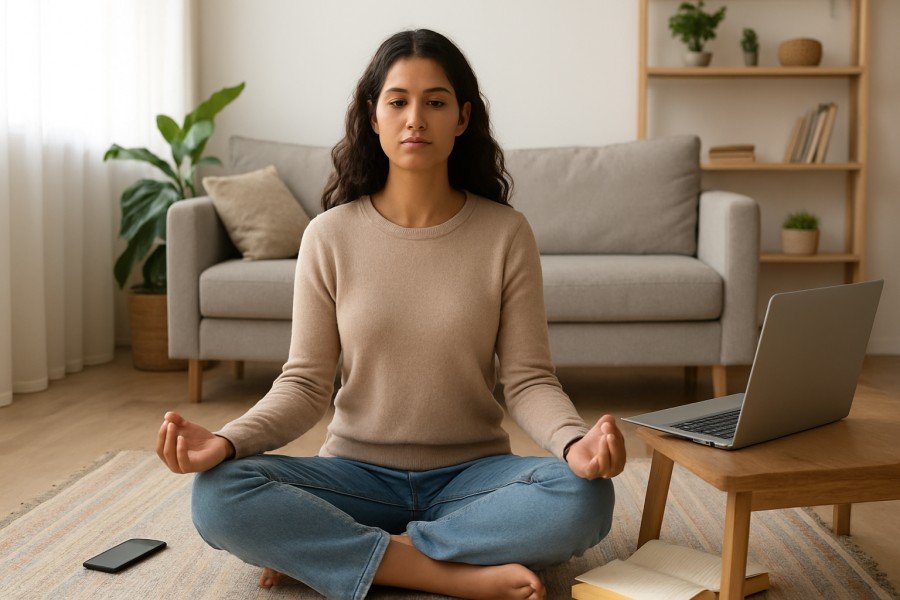In today’s fast-paced digital era, many of us find ourselves glued to our devices for hours without realizing how much it impacts our well-being. Social media notifications, constant emails, and endless scrolling have become part of everyday life. While technology keeps us connected, it also drains mental energy and reduces the ability to stay present. This is where the concept of digital detox and intentional living comes in.
What is a Digital Detox?
A digital detox means consciously taking a break from screens such as smartphones, laptops, and television to reduce stress and regain focus. By stepping away from digital noise, you give your mind the space it needs to recharge. Many people start with short periods like an evening without phones or a weekend spent offline, eventually adopting longer breaks that promote healthier habits.
Why Intentional Living Matters
Intentional living is about aligning daily choices with your values rather than being driven by distractions. When you practice intentional living, you pay closer attention to what truly matters in your personal and professional life. Instead of mindlessly scrolling, you may spend time reading, exercising, or strengthening relationships. This lifestyle shift helps improve mental clarity and fosters a sense of fulfillment.
The Link Between Digital Detox and Mental Health
Excessive screen time has been linked to anxiety, sleep issues, and decreased productivity. According to the World Health Organization, setting boundaries around technology use is one of the key ways to support mental well-being. When you engage in a digital detox, you reduce exposure to unnecessary stressors and create room for mindfulness practices like meditation and journaling.

Practical Steps for a Digital Detox
- Set screen-free hours – Choose specific times of the day to unplug, such as during meals or before bed.
- Create tech-free zones – Keep bedrooms or dining areas free from gadgets to encourage healthier interactions.
- Schedule offline hobbies – Gardening, painting, or cooking are excellent ways to reconnect with yourself.
- Turn off notifications – Reduce the urge to check your phone every few minutes by silencing alerts.
- Practice mindful consumption – Limit exposure to negative or unproductive content online.
Building an Intentional Lifestyle
Digital detox is just the starting point. To fully embrace intentional living, consider creating a vision for your life and making choices that align with it. For instance, spending quality time with loved ones, engaging in community activities, and focusing on personal growth can provide a deeper sense of purpose. This approach is not about rejecting technology but about using it thoughtfully to enhance your life.
Internal Connection: Finding Balance in Modern Life
It is interesting to note how digital culture has influenced not only how we live but also how we consume entertainment and media. For instance, popular personalities like Tech Burner and others have built digital empires by mastering online platforms. While following such creators can be inspiring, setting healthy boundaries ensures that admiration does not turn into overconsumption.
Long-Term Benefits of Digital Detox
The long-term rewards of balancing screen time with intentional living are profound. People often report better sleep, improved focus, stronger relationships, and more meaningful daily experiences. As you step away from the constant digital buzz, you begin to live with greater clarity and purpose.
Final Thoughts
Digital detox and intentional living are not about eliminating technology altogether but about creating a mindful relationship with it. By taking deliberate steps to unplug and reconnect with what truly matters, you can transform your lifestyle into one that supports well-being and lasting happiness.








